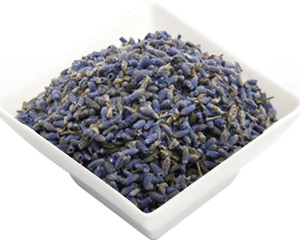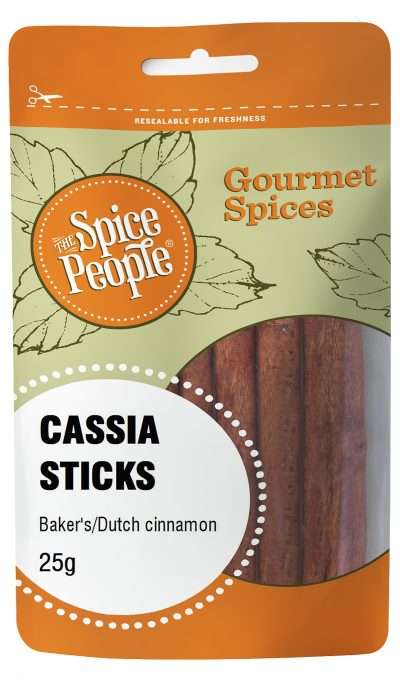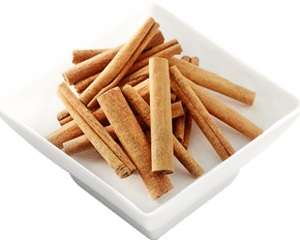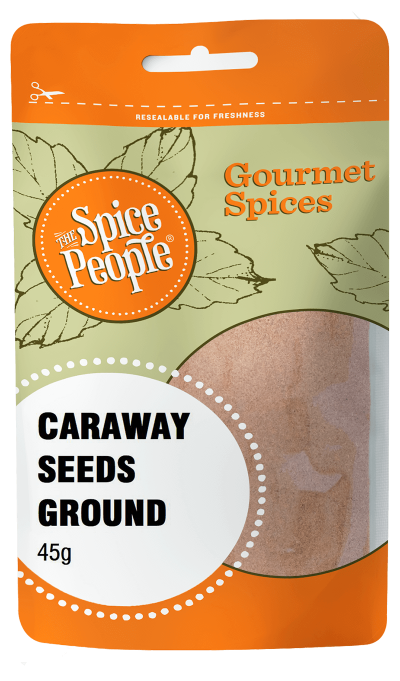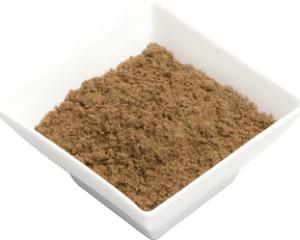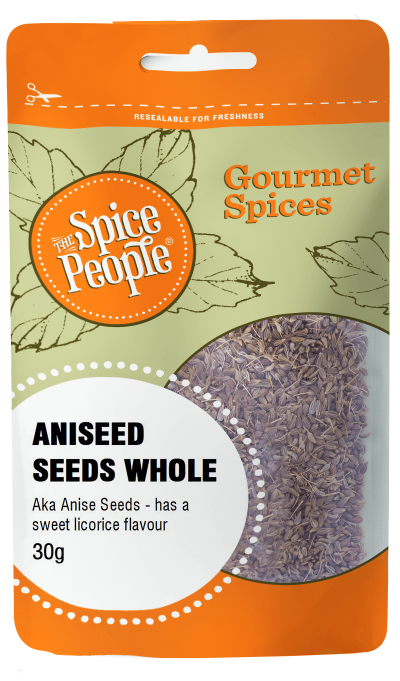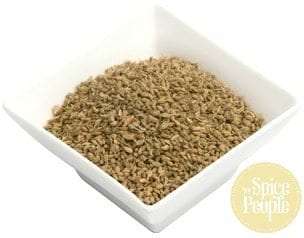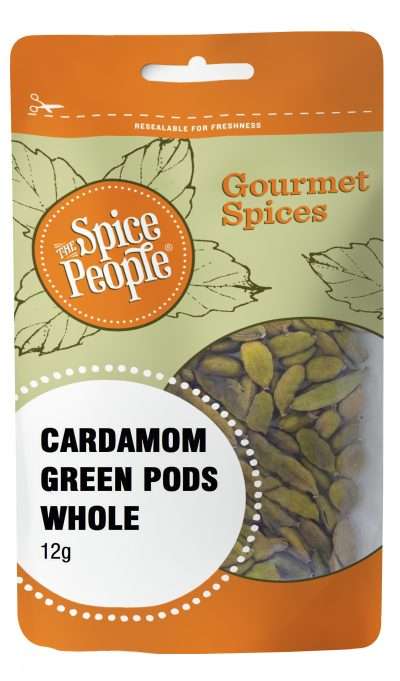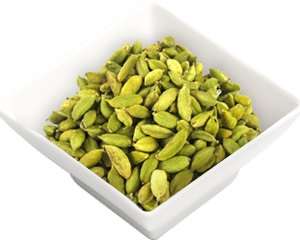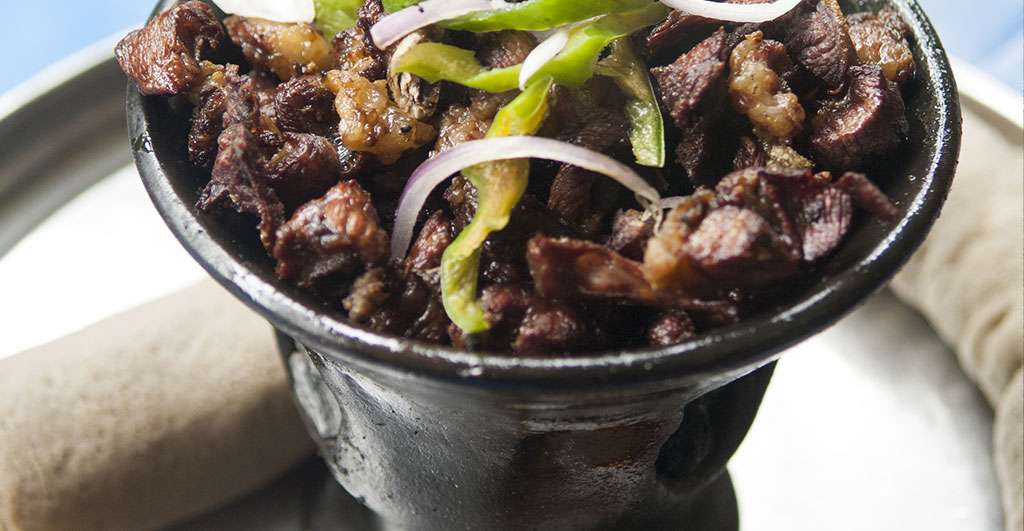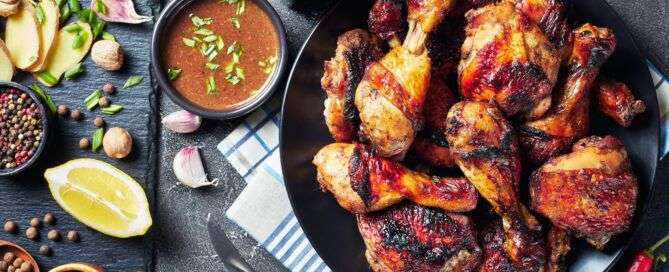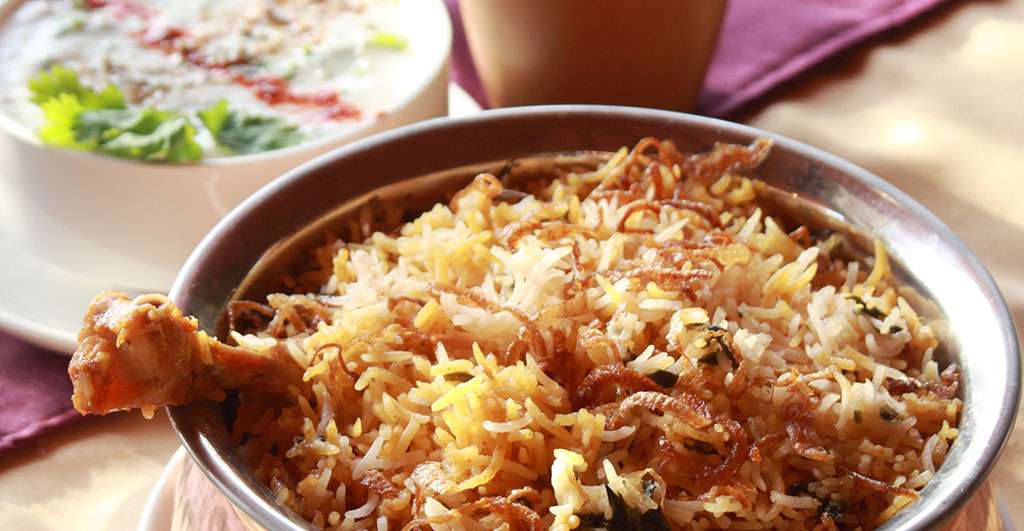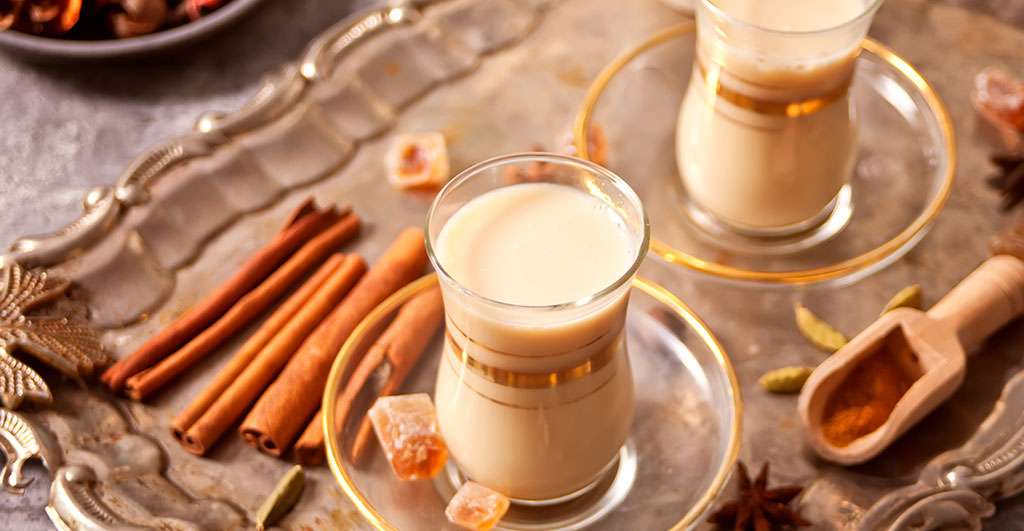Lavender Flower Buds-10g
Out of stock
Product Description
English Lavender is a member of the mint family. It has a floral sweet and slightly citrus flavour. Dried lavender buds are used to add colour and flavour to many savoury and sweet dishes. It is used in baked goods or as a garnish. Also, it is a key ingredient in our Herbs de Provence blend.
Flavour Notes:
As a member of the mint family, this English lavender has a sweet, slightly citrus flavour and floral aroma used to add colour and flavour to both sweet and savoury dishes.
Culinary Notes:
The lightly sweet and delicately floral flavour of dried lavender buds make it a wonderful addition to baked goods like muffins, cakes and biscuits, a perfect floral touch to herbal teas and a beautiful finishing garnish to sweet dishes as well as savoury dishes such as couscous and grilled veggies.
Health Benefits:
Lavender has many health benefits. It has been known to help with sleep and anxiety and has antibacterial, antiseptic and analgesic properties.
Ingredients:
100% dried Lavender Flower Buds
How to use
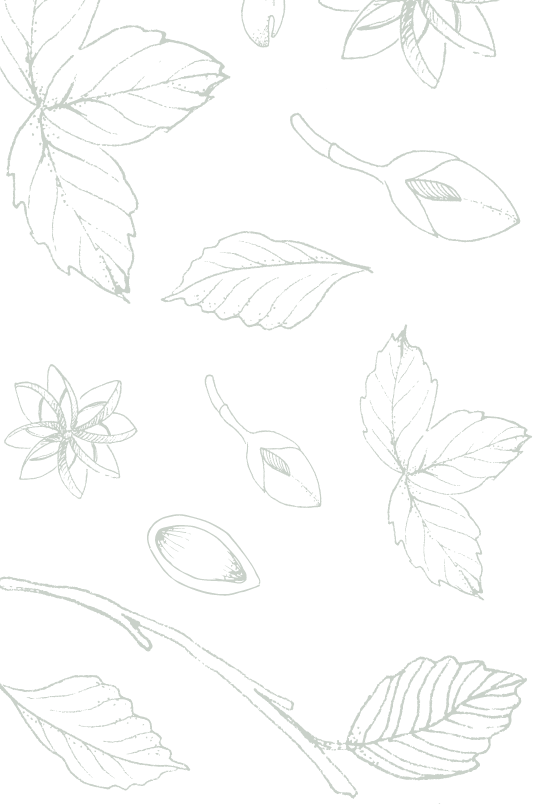
The Spice People FAQs


The Spice People FAQs
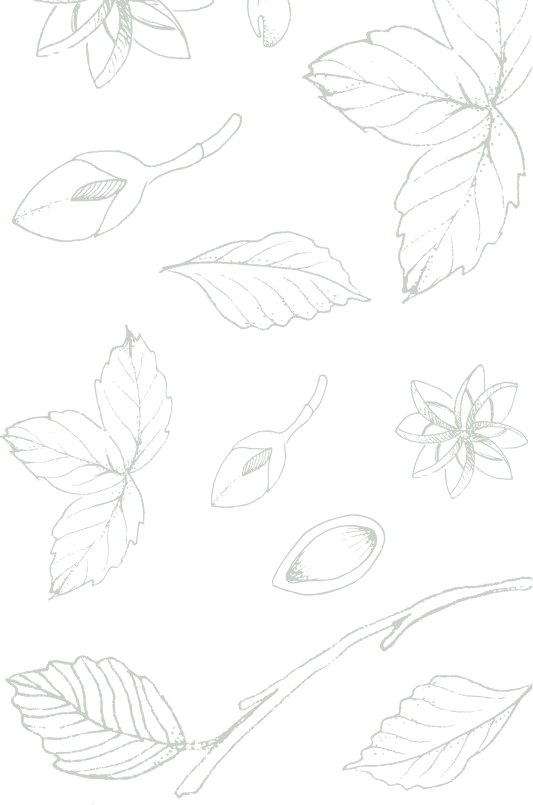
Other Spices you may like
Featured in



Join the Spice People to Get Started on Your Culinary Spice Journey!
Be the first to hear about our exclusive promotions, new product releases, recipes and more.

